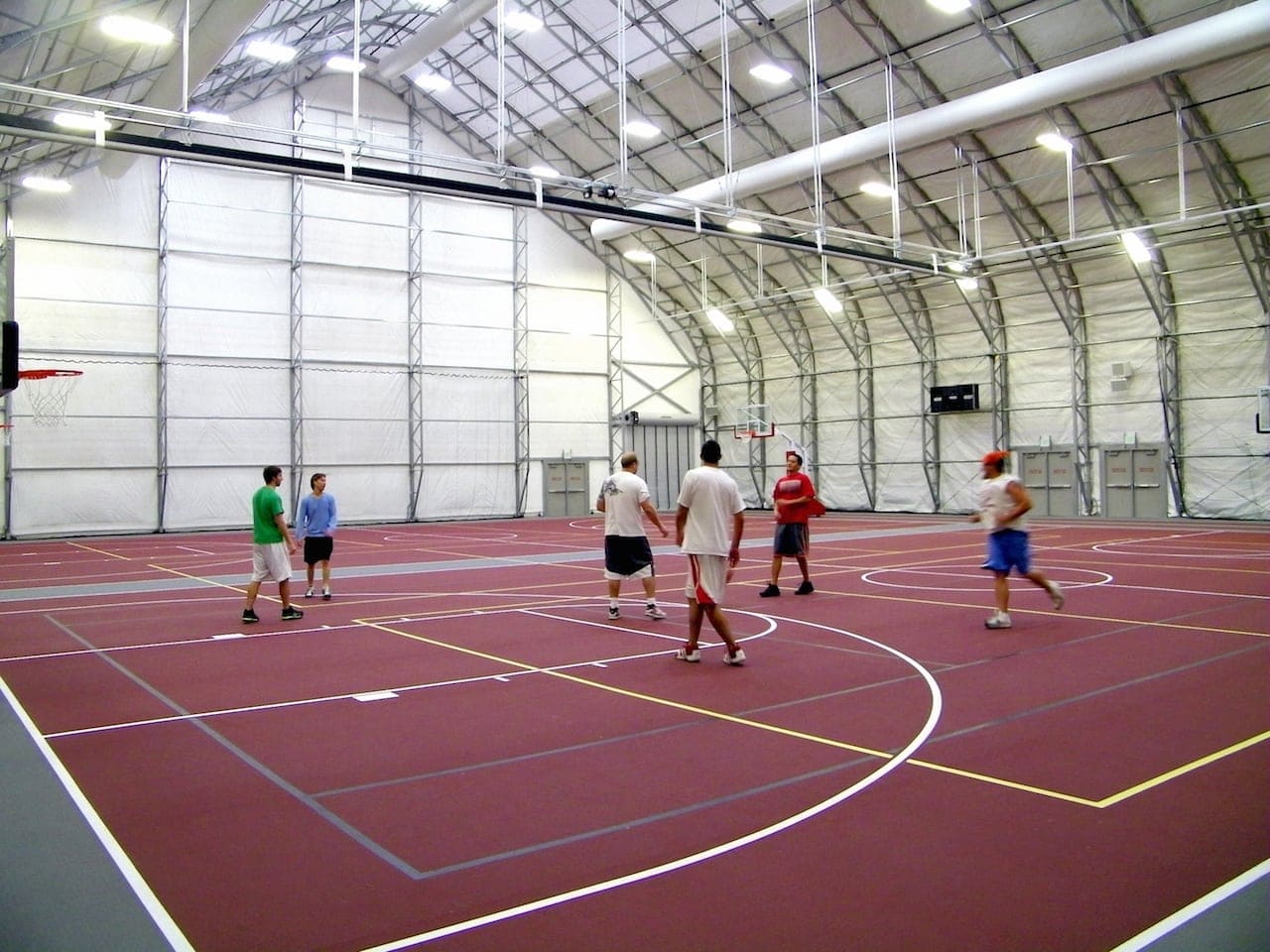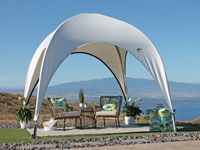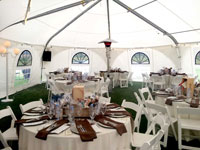When it comes to college-level sports, it is clear that one of the biggest expenses incurred by colleges and universities in establishing and maintaining various athletic programs is the cost of the facilities. Indoor sports facilities, in particular, can be prohibitively expensive without massive fundraising efforts by boosters or alumni. Thankfully, there are some options out there that can help level the playing field for small to medium sized colleges and universities that wish to expand or improve their athletic programs. Fabric athletic facilities, which can have the look and feel of traditionally constructed permanent buildings, have proven to be viable, long-term solutions for many schools. Consider Colorado Mesa University, whose Maverick Pavilion has been relocated across campus and is now hosting indoor sports training, instead of the dining hall and book store. Here are six reasons why colleges and universities should consider fabric athletic facilities.
1. Cost-Effective

They are much less expensive than traditional construction. Instead of paying millions of dollars to build or expand athletic facilities, schools can choose to use fabric athletic facilities for a fraction of the cost. This allows them to create many more indoor gyms and indoor courts for the same investment. Fabric buildings can also host indoor tracks, weight rooms, and other necessary training spaces.
2. Durable
They offer the same benefits as traditional construction, such as protection from the elements and easily dividable spaces. Dividers or temporary/movable walls can easily separate indoor gym facilities from various indoor court facilities. Student athletes will not be subject to the whims of nature inside a fabric athletic facility any more than they would be inside a traditionally constructed facility.
3. Highly Portable
They can be moved without massive financial investment. Most typically constructed buildings cannot be moved, and if they can, it is an expensive, laborious, and lengthy process, often involving specialized crews and massive machinery. Tension fabric buildings, such as the Maverick Pavilion, can be moved from one site to another with substantially greater ease and less expense.
4. Reconfigurable
They can be changed and reconfigured to fit each season’s needs. Once basketball season or volleyball season are over, those indoor courts would sit vacant, unused space for months. Purpose-built indoor sports facilities are generally unused for long portions of the year, unless teams are engaging in cross-training or off-season training. Fabric buildings can more easily be repurposed for other activities.
5. Versatile
They allow colleges and universities a more level playing field for collegiate athletics. For a long time, only the longest-established and best-funded schools could afford decent athletic facilities for their students. However, with fabric athletic facilities costing much less than traditional construction, smaller and newer colleges and universities have the ability to provide their students with a wide variety of athletic engagement opportunities. This, in turn, can draw larger groups of students and improve the school’s enrollment and balance sheet.
6. Worth the Investment
They provide student athletes with a sense of professionalism. Especially when compared with outdoor facilities, indoor sports facilities made from fabric buildings can be the more professional and safe option. Having specialized buildings that offer indoor gyms, indoor courts, and indoor tracks gives them a sense that the school is invested in their athletic performance and their success.
When it’s time to expand or renovate athletic facilities at colleges and universities, it is best for the schools to consider all their options before making concrete construction plans. Fabric buildings can have a very professional appearance and provide competitive-grade collegiate athletic facilities without the capital investment required by a traditional construction. They are efficient, transportable, and able to be changed and upgrade as needed, and can house a wide array of facilities for college athletes.
WeatherPort® is a brand of high-quality fabric buildings from Alaska Structures®. For more information on WeatherPort tension fabric buildings or to order your WeatherPort fabric buildings today, call +1-970-399-5909, email info@weatherport.com, or visit our contact us page.

















































































Leave a Reply